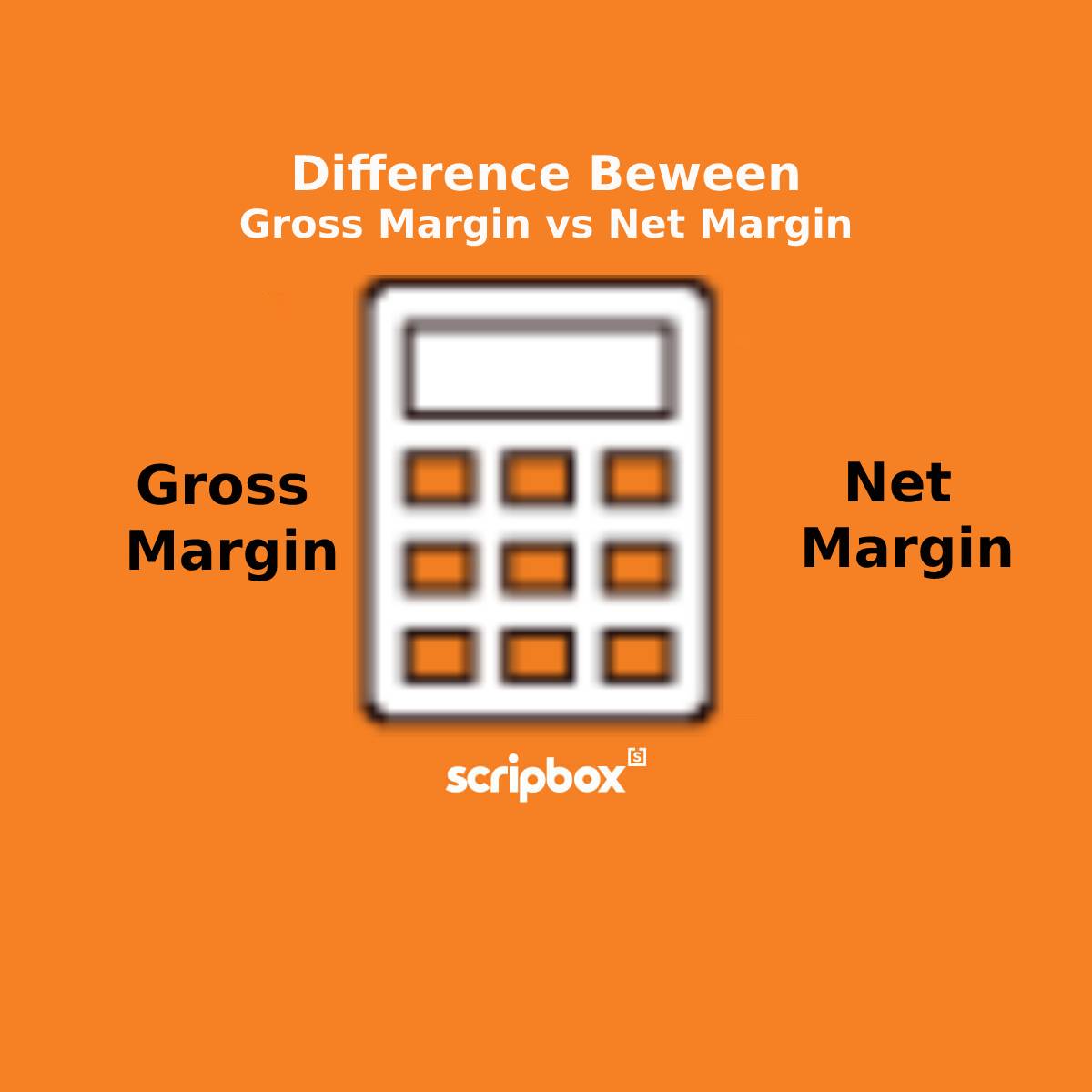Financial ratios are important indicators for gauging a company’s financial health. They show the financial position of the company, including its profitability and liquidity position. The two important ratios for measuring a company’s ability to pay short term obligations and liquidity are the current and quick ratios. This article covers the current ratio, quick ratio and current vs quick ratio in detail.
Current Ratio Vs Quick Ratio: Key Differences
The following table summarizes the key differences between quick ratio and current ratio:
| Basis of Difference | Current Ratio | Quick Ratio |
| Ratio | Current Assets to Current Liabilities | Highly Liquid Assets to Current Liabilities |
| Approach | Relaxed approach to determine A company’s debt repayment capacity. | A stringent approach to determine a company’s debt repayment capacity. |
| Consideration | Considers assets that are easily convertible to cash within a year. | Considers assets that are easily convertible to cash in 90 days or earlier. |
| Inventory | Includes | Excludes |
| Ideal Result | 2:1 | 1:1 |
Current Ratio vs Quick Ratio – Difference between Current Ratio and Quick Ratio
Meaning
The current ratio is a liquidity ratio that computes the proportion of a company’s current assets to its current liabilities. On the other hand, quick ratio is also a liquidity ratio that computes the proportion of a company’s highly liquid assets to its current liabilities.
Approach
The current ratio is comparatively a relaxed approach to determine a company’s debt repayment capacity. On the other hand, the quick ratio is a stringent and conservative approach to determine a company’s debt repayment capacity.
Consideration
The current ratio considers assets that are easily convertible to cash within a year. While quick ratio considers assets that are easily convertible to cash in 90 days or earlier.
Inventory
The current ratio includes inventory. Also, the current ratio is naturally high for firms with a strong stock of inventory. On the other hand, the quick ratio excludes inventory. Also, the quick ratio is low for firms with a strong stock of inventory.
Ideal Ratio
The ideal current ratio is 2:1. However, anything above 1 is good. On the other hand, the ideal quick ratio is 1:1.
What is Current Ratio?
The current ratio is a liquidity ratio that investors and analysts use to understand the debt repayment capacity of the company. It measures if the company is able to pay off all its current liabilities using its current assets. All obligations that have to be paid off within one year are current liabilities. On the other hand, all the assets that can be converted into cash within one year are current assets.
Current Ratio Formula
Current Ratio = Current Assets / Current Liabilities
What is Quick Ratio?
The quick ratio is also a liquidity ratio that individuals use to estimate the debt repayment capacity of a company. However, the quick ratio considers only highly liquid assets rather than current assets. Thus, this is a major difference between current ratio and quick ratio. Quick ratio measures if the company is able to pay off all its current liabilities using its highly liquid assets. Highly liquid assets are current assets that can be liquidated in less than 90 days.
Quick Ratio Formula
Quick Ratio = (Cash + Cash Equivalents + Current Receivables + Short Term Investments) / Current Liabilities
Discover More























Show comments